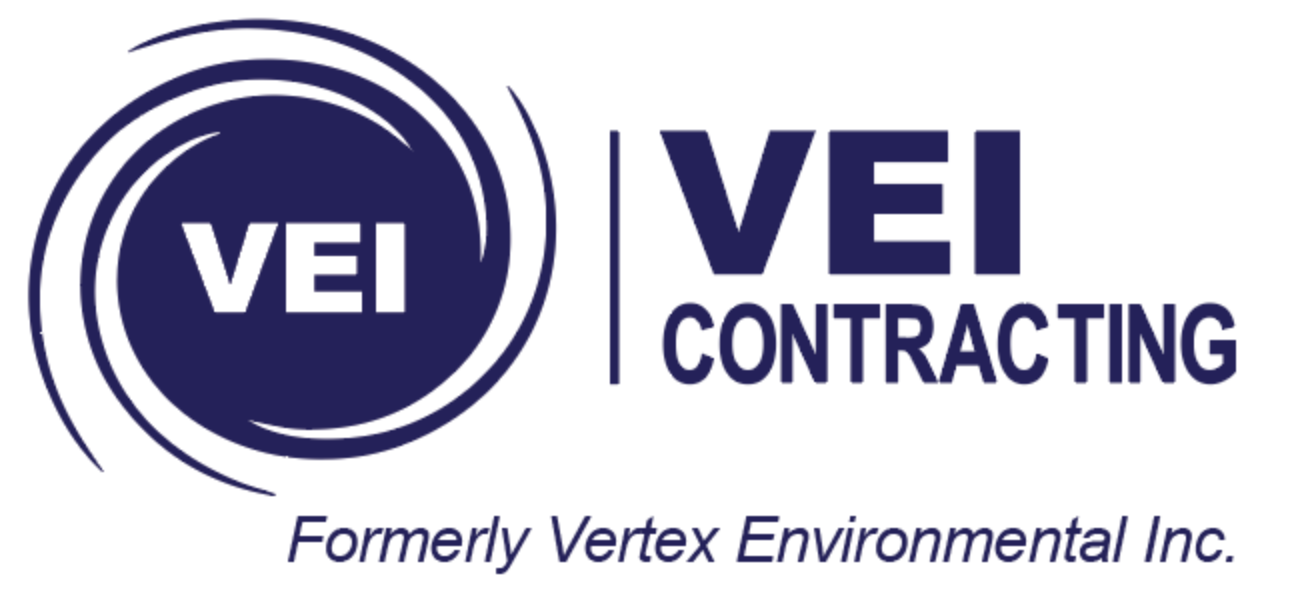Love Canal
Lois Gibbs speaks at RemTech 2014
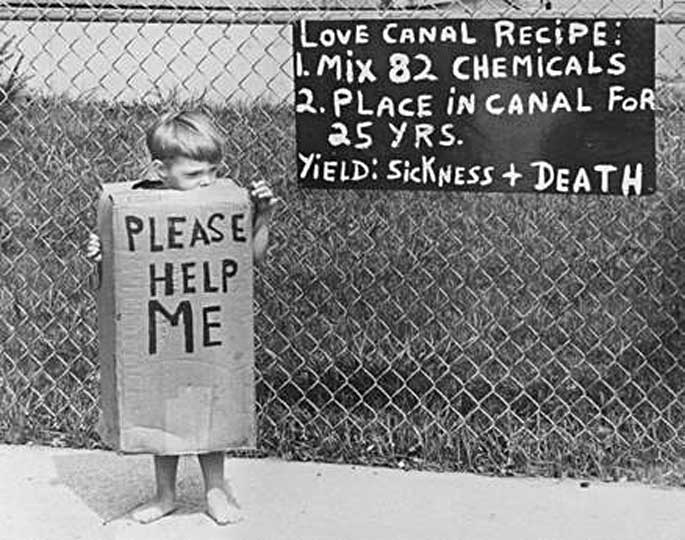
Industry conferences, such as RemTech, provide opportunity to gain perspective and context. They provide a chance to share interesting findings and case studies with other professionals. But sometimes the most intriguing and inspiring talks are the ones that force you to step back and think about why we do the things we do. Lois Gibbs provided a passionate talk regarding the Love Canal toxic waste issues experienced during the late 1970s and early 1980s. It was interesting to remember a time when regulations weren’t strong, and schools could be built atop toxic waste dumps. Governments didn’t react to information such as this statement that surfaced in the late 70s:
“I visited the canal area at that time. Corroding waste-disposal drums could be seen breaking up through the grounds of backyards. Trees and gardens were turning black and dying. One entire swimming pool had been popped up from its foundation, afloat now on a small sea of chemicals. Puddles of noxious substances were pointed out to me by the residents. Some of these puddles were in their yards, some were in their basements, others yet were on the school grounds. Everywhere the air had a faint, choking smell. Children returned from play with burns on their hands and faces.”
Back in 1978, Gibbs discovered that her 7 year-old son’s elementary school, and in fact their entire neighbourhood, was built on top of a 21,000 ton toxic waste dump. At RemTech this year Gibbs spoke about the heart-wrenching reality that her son had developed a number of serious ailments, including epilepsy and a low white blood cell count. And across the neighbourhood there was an unexpectedly high rate of birth defects, miscarriages and illnesses.
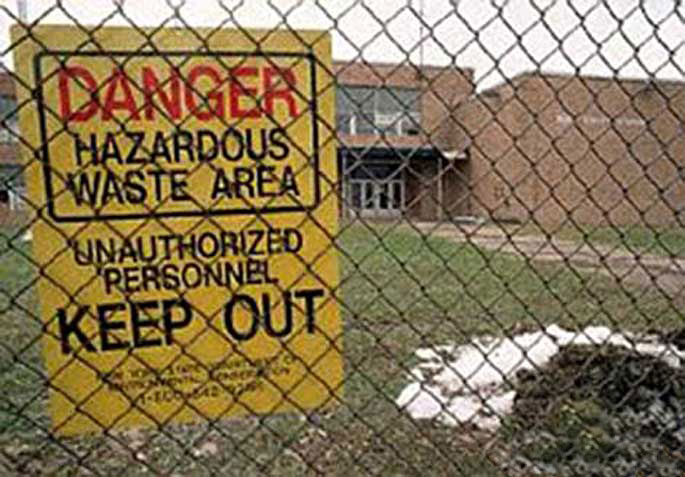
Gibbs lead the Love Canal Homeowners Association to fight for the rights of the more than 800 affected families. She had to fight with local, state, and federal government officials first to take their claims seriously, and eventually to take action.
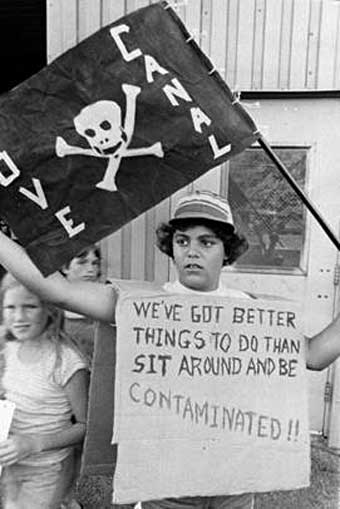
Investigations confirmed strange odours and thick black substances pooling in people’s basements and yards. Eventually the link to the waste and the health issues in the community was undeniable. President Jimmy Carter delivered an Emergency Declaration to evacuate the families from the neighbourhood.
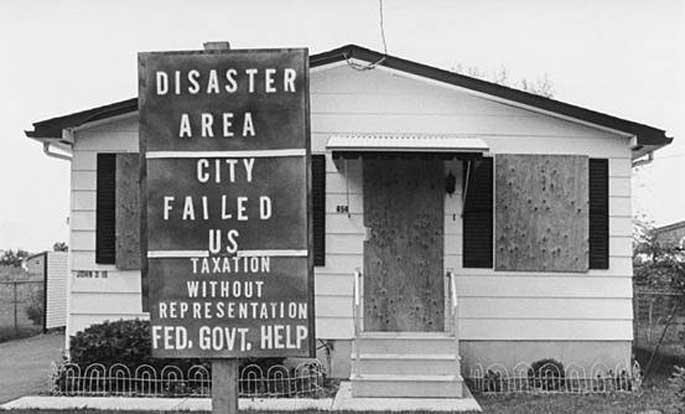
Here are some Love Canal facts and a brief history:
- In 1942 Hooker Chemical Company, now a subsidiary of Occidental Petroleum, was granted permission to dump wastes into a dug canal. The canal was drained and lined with clay prior to dumping.
- The City of Niagara Falls, NY, and the army also dumped refuse into the former canal.
- This dump site was in operation until 1953, and contained approximately 21,000 tons of chemicals to depths of 25 feet. After 1953, the dump site was covered with soil, and vegetation began to grow atop the toxic waste.
- During an expansion in the 1950s, the Niagara Falls City School District looked for land to build new schools. Hooker Chemical initially refused to sell to the School District, but then reluctantly sold the land for $1, with a clear caveat over what was contained below the surface.
- The school was built in 1955, but not directly atop the buried drums containing toxic materials. This wasn’t due to the location of the toxic drums, but more due to geotechnical concerns.
- The tops of the drums would often corrode and fail, causing soil collapse into the opening created by the drums. When the school was opened, a twenty-five foot area crumbled exposing toxic chemical drums, which then filled with water during rainstorms. This created large puddles that children enjoyed playing in. Children also enjoyed picking up small black chunks of dried chemicals, and throwing them against the school walls to watch them explode into dust.
- To accommodate sewer systems, the underground protective clay liner of the toxic dump was punctured. Additionally part of the top protective clay cap was removed to be used as fill at a nearby construction project. During rain events, highly contaminated groundwater escaped the dump site. Following an exceptionally wet winter and spring of 1962, the breached canal was “like an overflowing pool.” People reported having puddles of oil or colored liquid in yards or basements.
- Within the community, miscarriages and birth defects were common. A survey conducted by the Love Canal Homeowners Association found that 56% of the children born from 1974–1978 had at least one birth defect. There were many health problems. For example, 33% of the residents had chromosomal damage, in a typical population, chromosomal damage affects 1% of people.
- By 1978, the Love Canal had become a national media event, and in August 1978 US President Jimmy Carter announced a federal health emergency, called for the allocation of federal funds and ordered the Federal Disaster Assistance Agency to assist the City of Niagara Falls to remedy the Love Canal site. This was the first time in American history that emergency funds were used for a situation other than a natural disaster.
- Eventually the government relocated more than 800 families.
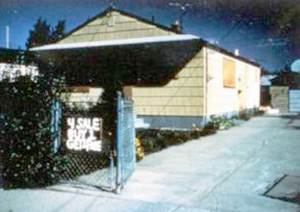
Based upon the lack of local government and corporate response, the US created new laws to protect its citizens. The Comprehensive Environmental Response, Compensation, and Liability Act of 1980 (CERCLA), or the Superfund, is the United States federal law designed to clean up sites contaminated with hazardous substances as well as “pollutants or contaminants”. Superfund also gave authority to recover money from corporations who released hazardous substances. Because the Superfund Act contained a “retroactive liability” provision, Occidental was held liable for cleanup of the waste even though it had followed all applicable U.S. laws when disposing of it.
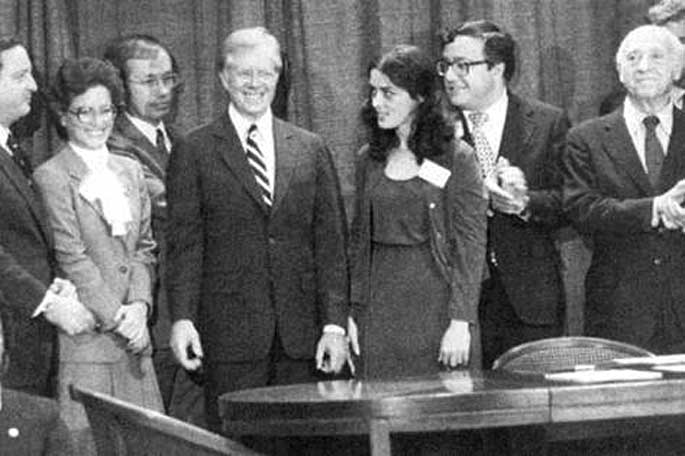
The above picture shows Lois Gibbs (center) with President Jimmy Carter.
Overall, Lois Gibb’s talk at RemTech 2014 was inspirational to all of us working in the industry, to remember how we used to live with and deal with toxic chemicals, and most importantly to remember the roots of our young industry.
Until next time: Excellence is Your Choice!
